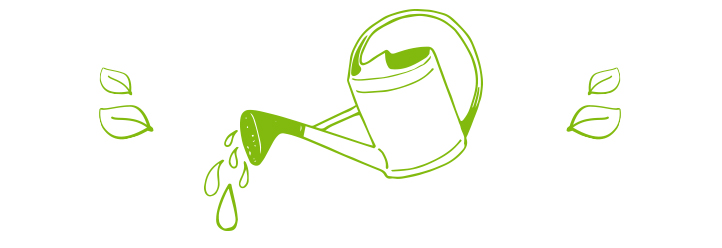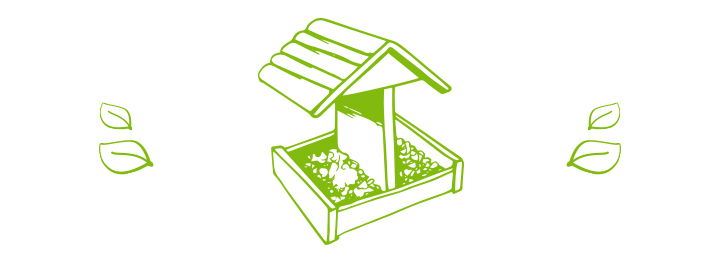
You will not say the contrary: gardening is a great time to share! And as there is no minimum age to become a good gardener, here are some tips that will help your small eater on the go to have fun and learn how to eat well to be healthy.
If you don’t have a piece of land to entrust your little gardener, a vegetable garden on a balcony is possible! You will just need a table, flower pots with drainage holes at the bottom, saucers and some pozzolan or clay pellets to soak up the water so you don’t have to water every day.
The basic equipment:
– space in your garden, or a planter
– 1 spade + 1 rake + 1 watering can
– labels + 1 pen
– potting soil
– seeds or seedlings

Things to remember:
– exposure to the sun, ideally southwest or southeast.
– water: water your plants as soon as the surface of the soil is dry, preferably early in the morning or late in the evening to avoid diseases and burning your plants.
– protection from weeds, dryness and freezing: choose a mulch of straw, wood crisps, cardboard, pebbles or even seashells!
– help from the gardener’s “friends”, especially in winter: make sure you have a bug hotel and a bird feeder.

What to grow in your vegetable garden?

– the fastest: radishes! Seed them between March and late summer (on the surface of the soil for round radishes, and 2 cm deep for the long kind) and pick them 4 to 8 weeks later, if you remember to water them regularly. They’re delicious on a sandwich with salted butter or dipped in creamy cheese!

– the easiest: cherry tomatoes! Yellow or red, if you want to see them grow, just give your plants some support with a stick (called a “stake”) once they’re 50 cm tall, and water them at the base of the plant without getting the leaves wet. They’re delicious for snacks, or for a different tomato taste in dishes.

– the tastiest: strawberries! Plant them in the fall, and protect them with mulch (whichever you choose) to keep the warmth and moisture in and to avoid direct contact with the soil. Add a bit of compost in March and the first berries will appear two months later. Eat them straight off the plant or as a dessert, in sorbet or jam.
| Psst… Don’t forget herbs like chives, parsley, basil and mint. Some can be picked every day (or dried for use during the winter) for delightful savoury and sweet recipes! |
